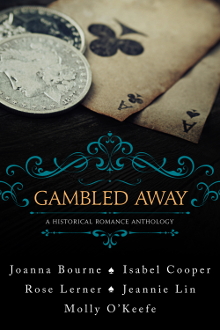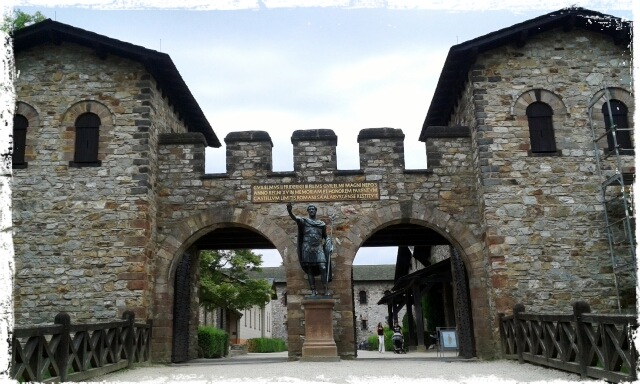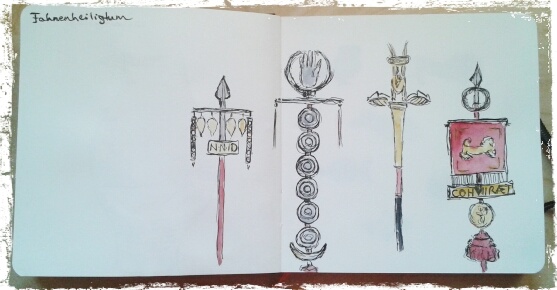For many readers I suspect that one of the most appealing aspects of Regency life is its simplicity. In fact the day-to-day life of the well born may have been annoyingly busy but, in the fantasy world that most of us write, the characters live a life at a leisure pace the 21st century reader can only dream about. Or maybe enjoy on a solo vacation or a religious retreat.
I have been thinking about this a lot lately as I try to find a way to simplify a life that involves a lot of travel, mentoring some promising writers, welcoming spring with gardening, taking care of the endless threatening health issues and, oh yes, trying to work in writing and exercise
Believing in baby steps I no longer answer the phone and rely on people to leave messages which I can return at my convenience. Dinner is on the table as a finished meal only two or three nights a week thanks to a spouse who is okay with peanut butter and crackers (or occasionally will cook for both of us)
But I need to simplify not just eliminate. I could cancel our cable. That would end the distraction of TV but would not be fair to the rest of the household who depend on it for evening entertainment. Maybe I could reduce email to twice a day. But even that would take a good bit of time. Move to a less convivial neighborhood where neighbors do not stop in? Not an option if I want to stay married.
As I typed this I remembered the solution. I read it in the Washington Post years ago. A woman came to a therapist asking what she could do about a life that was out of control. His answer is THE ANSWER and I’m relieved that writing this post reminded me: IF YOU TAKE CARE OF YOUR INNER LIFE YOUR OUTER LIFE WILL TAKE CARE OF ITSLEF.
Did that advice work for the patient? I have no idea but I will tell you it has always worked for me. Until I lose sight of it. So it’s back to evening meditation and extra time at church to just sit and absorb the silence. I KNOW it will work because it has in the past.
Tell me what is the beas advice you ever absorbed, acted on and discovered was the truth?
*In the pursuit of simplicity I have no pictures. Far from home and access to my photos!



